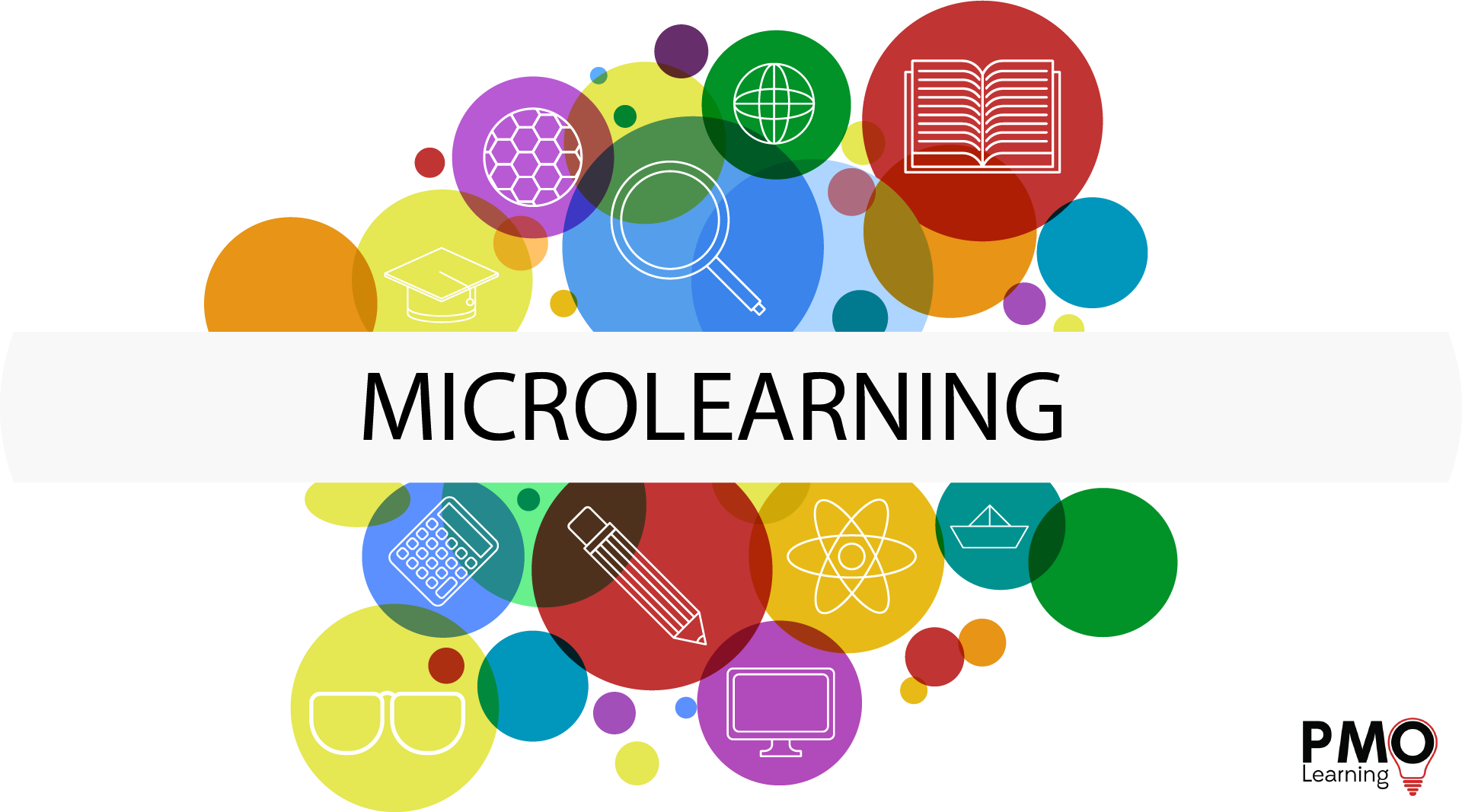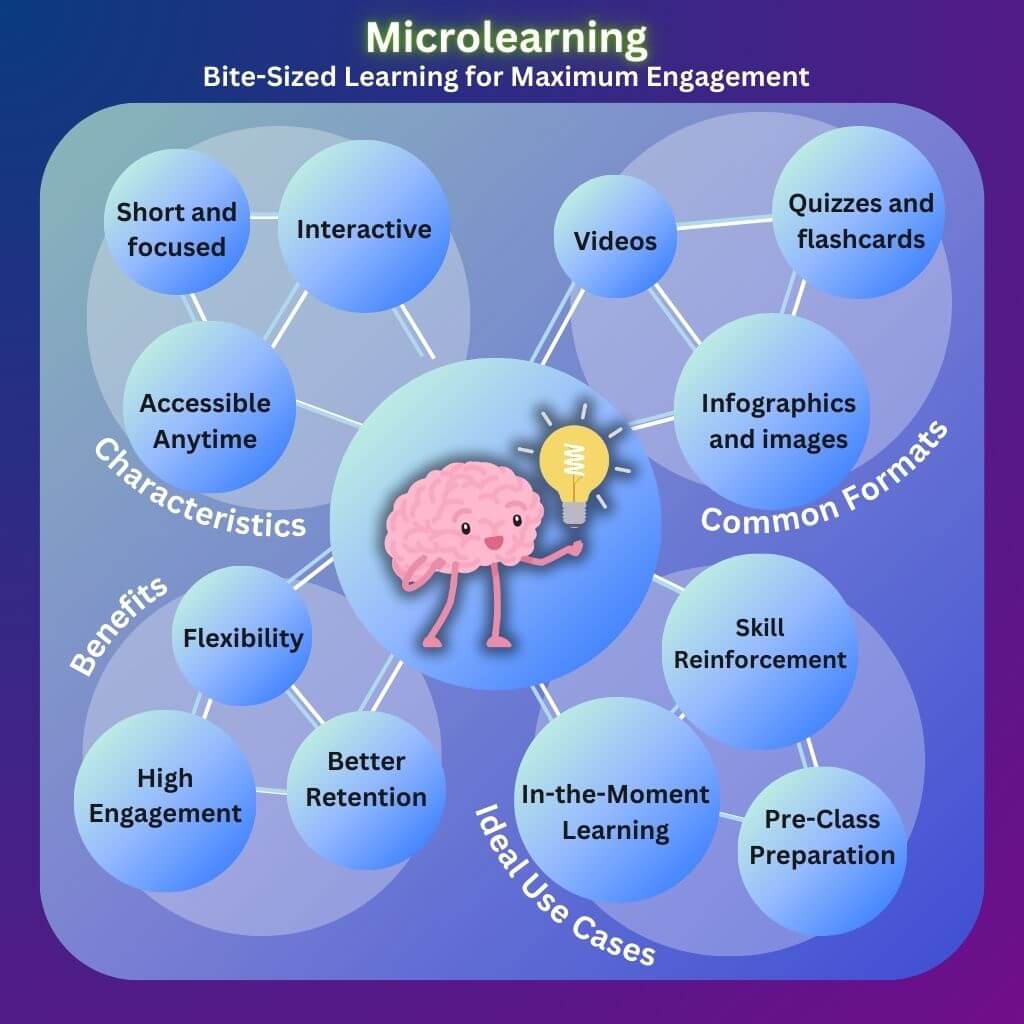From Overwhelmed to Enlightened: My Journey with Microlearning and Why It’s Your Next Big Learning Hack
Hey there! Grab a comfy seat, because I want to tell you a story – my story, actually, about how I completely changed the way I learn, and how you can too. For years, I struggled with the same old learning methods. You know, the ones that felt like climbing Mount Everest with a backpack full of rocks. Massive textbooks, hours of lectures, online courses that stretched on for weeks… I’d start with enthusiasm, but quickly get bogged down, overwhelmed, and eventually, just give up. Sound familiar?
I used to think that to truly learn something, you had to dive deep, dedicate huge chunks of time, and pretty much put your life on hold. But then, something shifted. I stumbled upon this idea, almost by accident, and it wasn’t some complex, high-tech secret. It was simple, elegant, and profoundly effective: Microlearning.
The Moment I Met "Microlearning": What Even Is It?
Let me take you back. I was trying to learn a new software – one of those powerful but incredibly complex ones. Every tutorial I found was an hour long, or part of a 10-hour series. My eyes would glaze over after 15 minutes. My brain just couldn’t hold it all. I’d pause, get distracted, and never really pick it back up.
One day, out of sheer frustration, I searched for something super specific: "How to add a border to an image in X software." And what popped up? Not a long video, but a 90-second clip. It showed just that. No intros, no outros, no complicated theory. Just the steps. I watched it, did it, and moved on. A few minutes later, I had another small question. Again, a quick, bite-sized answer.
That was my "Aha!" moment. This wasn’t about consuming vast amounts of information. It was about getting exactly what I needed, when I needed it, in the smallest possible package. That, my friends, is Microlearning in a nutshell.
Think of it this way: instead of trying to eat an entire pizza in one sitting (and getting a massive stomach ache), microlearning is like enjoying a perfect, delicious slice whenever you’re hungry. Each slice is complete in itself, satisfying, and easy to digest.
In plain English, Microlearning is about breaking down learning content into small, focused bursts, usually lasting just a few minutes (think 2 to 7 minutes max!). Each "burst" aims to teach one specific concept, skill, or piece of information.
Why My Brain Absolutely Loves Microlearning (and Yours Will Too!)
Once I started applying this "slice-by-slice" approach, my learning life transformed. Here’s why I think it’s so incredibly powerful, especially for us busy folks:
-
It Beats the "Overwhelm" Monster:
Remember that feeling of opening a massive textbook and feeling instantly defeated? Microlearning banishes that. When you know you only need to focus for 3 minutes to learn one small thing, it feels manageable. It’s like saying, "I can totally do this!" instead of "Oh no, not again!" This psychological win is huge. -
Your Brain Actually Retains More:
Our brains aren’t built to absorb hours of new, complex information all at once. We have something called a "working memory" which has limited capacity. When you dump too much in, things start spilling out. Microlearning respects this. By focusing on one small idea at a time, your brain has a much better chance to process it, connect it to what you already know, and tuck it away into long-term memory. It’s like giving your brain a perfectly sized meal it can truly savor, rather than force-feeding it. -
It Fits Into Real Life (Yes, Even Yours!):
Who has two uninterrupted hours to dedicate to learning every day? Not me, that’s for sure! But almost everyone can find 5 minutes. While waiting for coffee, on your commute, during a commercial break, or even just before bed. Microlearning slots perfectly into these little pockets of time that would otherwise be wasted. It turns dead time into learning opportunities. -
It’s All About Engagement and Quick Wins:
Because the chunks are small and focused, they tend to be more engaging. Think about short, punchy videos, interactive quizzes, or even just a well-designed infographic. You get to the point quickly, learn something, and feel a sense of accomplishment. These "quick wins" are incredibly motivating and make you want to come back for more. -
It’s Flexible and On-Demand:
Need to quickly brush up on a specific formula for work? Forgot how to format a presentation slide? Instead of digging through old notes or a long course, you can quickly pull up a 2-minute microlearning module that addresses exactly your need. It’s learning tailored to your immediate questions.
Where I Use Microlearning in My Everyday Life
Once I realized the power of this approach, I started seeing microlearning opportunities everywhere! Here are a few examples from my own life:
- Learning a New Skill: Instead of enrolling in a month-long course on digital marketing, I might watch a 5-minute video on "How to write a compelling headline" today, and tomorrow, a 3-minute clip on "Understanding SEO keywords."
- Upskilling for Work: When I needed to learn a new feature in a spreadsheet program, I didn’t watch the whole tutorial. I just searched for a 1-minute "how-to" on that specific feature. Done.
- Language Learning: Instead of long grammar lessons, I use apps that give me daily "word of the day" notifications, or short, interactive dialogues that teach one new phrase.
- Personal Development: Sometimes, I’ll listen to a 7-minute podcast snippet that focuses on one productivity hack, or read a short article breaking down a single concept from a complex book.
- General Knowledge: Ever wondered about a random historical fact or how something works? A quick search often yields a bite-sized explanation, like a short animated video or an infographic.
Your Turn: How to Start Embracing Microlearning for Yourself
Ready to give it a try? It’s easier than you think. Here’s how you can start integrating microlearning into your own life:
- Identify Your "Why": What do you want to learn or get better at? Don’t pick something too broad. Instead of "Learn to code," try "Learn how to create a basic HTML button."
- Break It Down: Once you have your specific goal, think about the smallest possible steps or pieces of information needed to achieve it.
- Seek Out Bite-Sized Content:
- YouTube: Search for "how to [specific task] in 2 minutes."
- Apps: Many language learning apps, trivia apps, and even some professional development apps are built on microlearning principles.
- Infographics: These visuals are perfect for conveying complex information in an easy-to-digest format.
- Short Articles/Blog Posts: Look for articles that focus on one single point.
- Flashcards: A classic for a reason – perfect for quick recall of specific facts.
- Schedule Short Bursts: Don’t try to force an hour. Aim for 5-10 minutes. Set a timer if you need to.
- Make It a Habit: Consistency is key. Even 5 minutes a day, every day, adds up to a huge amount of learning over time. Think of it like brushing your teeth – a small, regular action with big long-term benefits.
- Don’t Overthink It: The beauty of microlearning is its flexibility. If you miss a day, no big deal. Just pick it up again. It’s about progress, not perfection.
The Future of Learning is Small
My journey with microlearning has shown me that learning doesn’t have to be a daunting, time-consuming chore. It can be an exciting, continuous process that fits seamlessly into our busy lives. It empowers you to tackle new challenges, expand your knowledge, and develop new skills without feeling overwhelmed or losing motivation.
So, if you’ve ever felt like learning was too big, too slow, or just too much, I urge you to give microlearning a try. Start small, be consistent, and watch how those tiny steps lead to monumental growth. You might just find, like I did, that the biggest learning breakthroughs come in the smallest packages. Happy learning!



